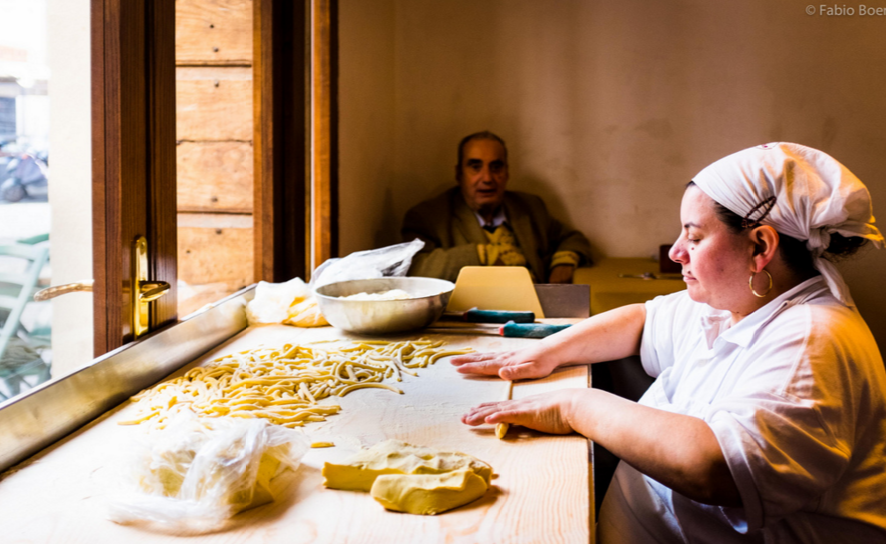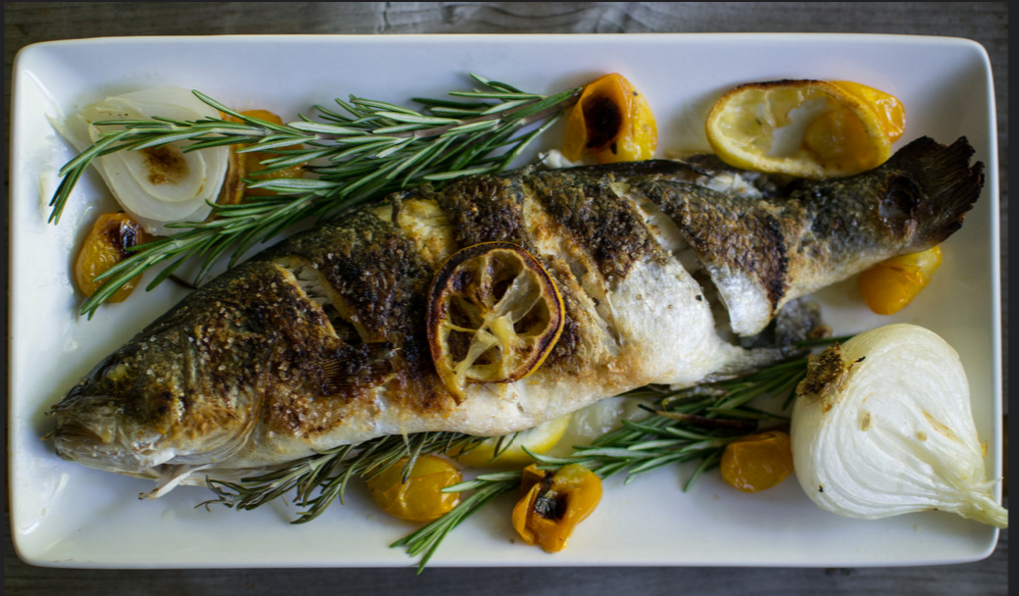As Americans discover the health benefits of the Mediterranean diet, Mediterranean restaurants have become a dime a dozen. Though many Italian and Greek people are in the restaurant business, some have diluted their menus to appease American palates, so here’s how to be in the know.
1. At the get-go

Photo courtesy of DClemm on flickr.com
If the outside glistens with sleek, commercialized modernity, don’t bother walking in.
2. Staff

Photo courtesy of dvd.net.au on flickr.com
If the hostess, waiters, and little children running around the restaurant don’t look like they are all related to each other, you won’t find home cooking here.
3. Smell

Photo courtesy of Paulo Valdvieso on flickr.com
If you aren’t immediately slapped in the face with aroma of lemon and garlic, then nah.
4. Menu

GIF courtesy of giphy.com
If “calamari” and “fra diavolo” are the most difficult things to pronounce on the menu, it ain’t worth staying.
5. The regulars

Photo courtesy of Steve James
If there aren’t old men laughing loudly and sitting around for what seems like hours, making you wonder what else they are doing with their lives, this place isn’t good enough for natives. Red flag.
6. The “claim-to-fame”

Photo courtesy of bour3 on flickr.com
If the menu claims burgers or tacos are their specialty, instead of pizza or gyro, run the other way. Now.
7. Family recipes

Photo courtesy of red stiletto on flickr.com
If there is nothing on the menu from “Nona’s” or “Yiayia’s” recipes, then no, oxi, bye-bye.
8. Decor

Photo courtesy of Terin Talarico
If the walls aren’t covered with garish murals of Mediterranean sunsets, giant flags, or huge paintings of people in togas, you are being fooled.
9. Pasta

Photo courtesy of Fabio Boer
Not home-made? Don’t waste your time.
10. Dinner menu

Photo courtesy of The Ripe and Ruin on flickr.com
If it doesn’t offer octopus, whole fish, or lamb, don’t bother.
11. Plates

Photo courtesy of Stijn Nieuwendijk
If most customers are not eating dinner family-style (ordering many small dishes to share), this ain’t the real deal.
So grab your friends and family, smash some plates, pour some wine, and stuff yourself with Mediterranean goodness. OPA!
GIF courtesy of giphy.com

